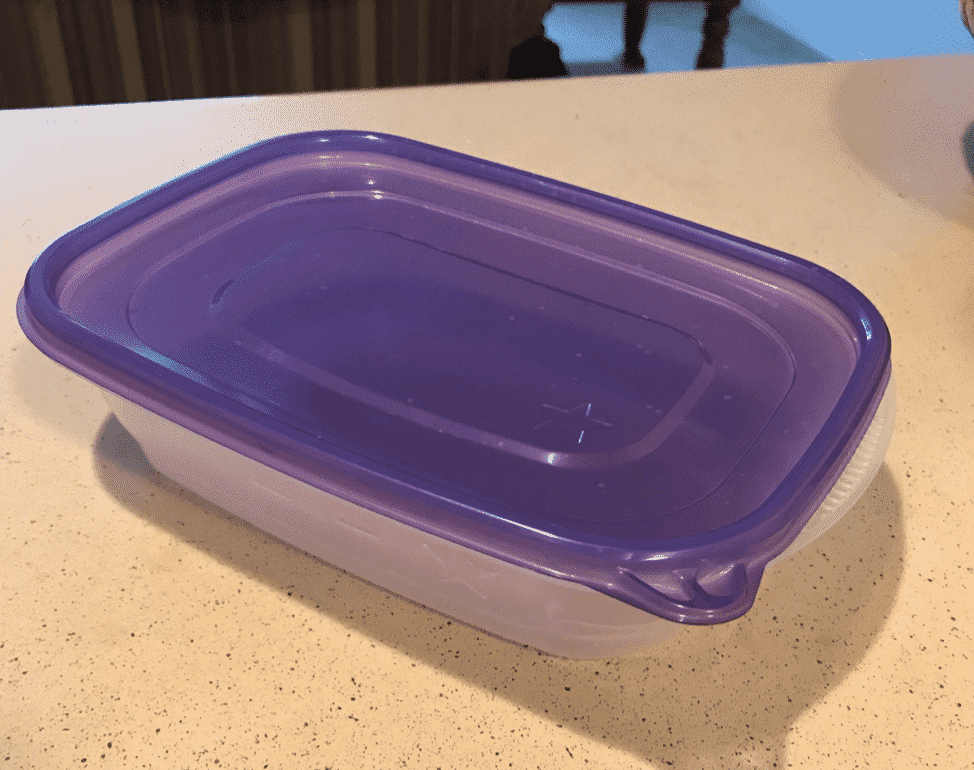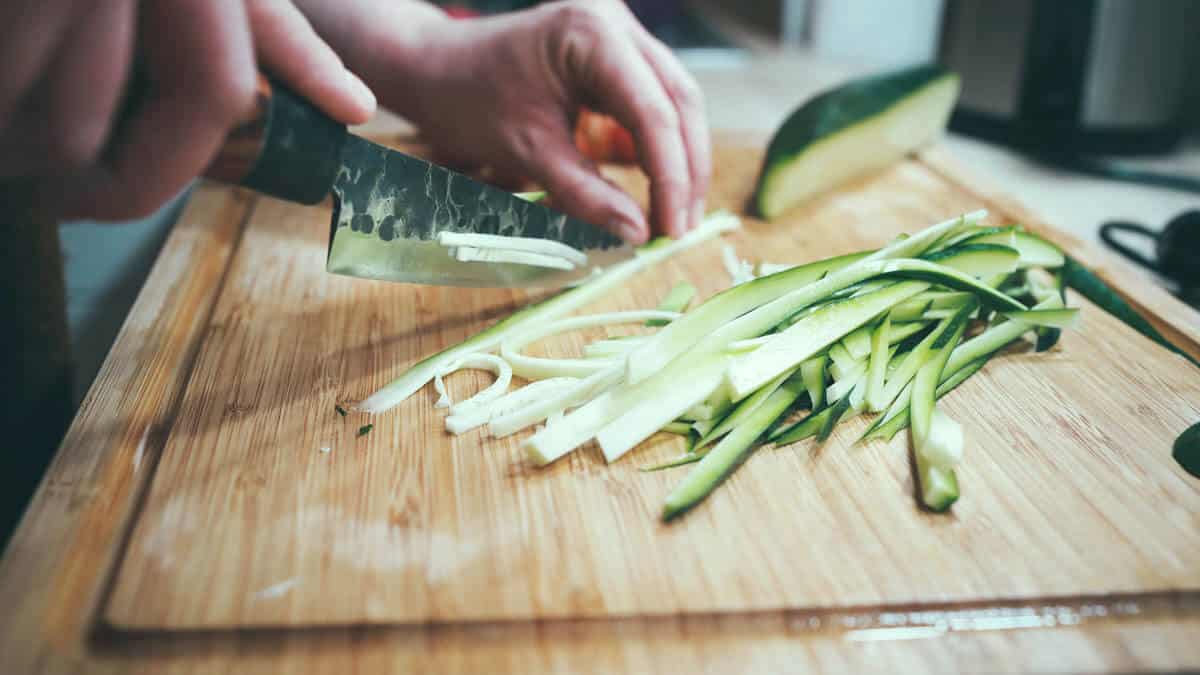If you’re reading this article, you’re probably familiar with this scenario:
You come back to your dorm, apartment, or house after a long day of work, exercise, or studying and you’re starving. So, you open up your refrigerator, only to find a random assortment of leftovers or jars of useless condiments.
None of this looks appetizing, so you opt for Chipotle, Subway, pizza delivery, or something else quick and filling. You drop seven, maybe ten dollars—not that bad, you think to yourself.
These small monetary increments add up quickly, though. Even if you only eat out four times each week, that can run you about $150 over the course of a month, and that’s only 16 of your 84 meals.
When I started college, I quickly realized this wasn’t a sustainable plan. Fortunately, a friend of mine introduced me to the art and science of meal prepping: cooking and preparing a week’s worth of meals all at once.
I haven’t turned back since.
Don’t get me wrong: I love going out for a nice steak. But between my full-time job at an advertising agency and freelance writing, I don’t have much time to stand in lines or sit down at restaurants. Luckily, after meal prepping for about five years, I have it down to a science.
In this article, I’ll address some common questions about meal prepping, show you how to do it effectively, and even give you some recipes to get started.
How Much Money Does Meal Prep Cost?
Let’s start with the thing on everyone’s mind: money. Depending on where you shop for groceries, prepping meals for one week will cost between $60 and $100. This may seem steep for a one-time purchase, especially if you’re only used to paying $8 at a time. But let’s solve a quick division problem here:
$75 / 21 meals = $3.57 per meal.
Spending $3.57 on a meal instead of $7 seems insignificant to most people. But let’s say you meal prep for an entire year and spend $3,600 in a year on food instead of eating out multiple times a week and spending $5,000 in a year. Think of all the stuff you can do with $1,400+, all because of this daily discipline.
Suddenly, that “expensive” one-time purchase turns into a wise investment.
Do You Have to Eat Boring Food?
Meal prepping doesn’t mean preparing 14 containers of unseasoned chicken, rice, and broccoli (unless that really whets your appetite.)
Meal prepping is about cutting corners with time and money, not flavor. Even if you’re a novice cook, there are plenty of ways to cook a wide variety of delicious, healthy meals (we’ll discuss those later.)
How Long Does Meal Prep Take?
One of the most common excuses I hear about cooking is I don’t have enough time. Well, depending on your concept of cooking, that’s probably true. Most people really don’t have time to cook 21 individual meals throughout the week.
After all, we wait 15 minutes just for one meal at a sit-down restaurant. But this is precisely the problem that meal prepping solves: you cook week by week, not meal by meal.
Meal prepping doesn’t take nearly as long as cooking a bunch of one-off meals. In fact, it saves time in the long run. Depending on what I’m cooking for any given week, my meal prepping sessions take between two and three hours, typically on a Sunday afternoon. This might be a big chunk of your day, but you’ll thank yourself later when you get that time back on a hectic weekday.
How to Meal Prep in 3 Easy Steps
With your basic questions out of the way, here’s how you can start prepping your own meals in just 3 easy steps.
Step #1: Acquire Basic Cooking Supplies
Figuring out what cooking supplies you do and don’t need can be overwhelming, especially if you’re buying it all at once. There’s no shortage of tools and gadgets that claim to make cooking easier, but I value simplicity over everything else. Here are the basic supplies you’ll need. (You don’t need more than this, trust me.)
Cookware
Plastic Containers
This is a meal-prepping must. The last thing you want is a refrigerator filled with pots and pans of food. You’ll use the containers to store your individual meals so you don’t have to worry about portion control. Plus, they make your food easily transportable. If you want to keep it simple, I recommend getting a bunch of containers like the one below.

Utensils
- Forks, spoons, knives
- Spatula
- Big spoon to stir with
Optional/Advanced Stuff
Step #2: Plan Your Meal Calendar
Much like a planner helps you keep track of work or school assignments, a meal calendar will keep your eating organized.
Personally, I like to be able to see what I’ll be eating each day throughout the week in advance. This way, I know what I need to buy at the grocery store before I get there. A meal calendar also eliminates the number of decisions I make during the week, saving me precious time.
Here’s the calendar template I use:

Here’s a sample one-week meal plan and shopping list:
Breakfast
- Eggs
- Oats (or instant oatmeal packs)
- Yogurt
- Bananas
Lunches and Dinners
Spaghetti and Meatballs
- Noodles of your choice
- Pasta sauce of your choice
- 1 pound (500 g) of ground beef or ground turkey
- Italian seasoning, salt, and pepper
Teriyaki Chicken Stir Fry
- 1 pound (500 g) of chicken
- Brown Rice
- Broccoli
- Teriyaki sauce
Do-It-Yourself Chipotle
- 1 pound (500 g) of chicken or ground beef
- Taco seasoning
- Rice
- Beans
- Shredded cheese
- Salsa
Vegetable Soup
- 1 container of vegetable or chicken broth
- Frozen mixed vegetables
- 2 potatoes
- Any seasonings you want
Snacks
- Apples
- Mixed nuts
- Veggies and hummus
As I mentioned earlier, this list will probably cost around $75 unless you’re shopping at a higher-end grocery store like Whole Foods.
Remember, you can adjust the portions based on your preferences. For example, if you want to eat spaghetti and meatballs six times, double up on those ingredients and cut back others.
There is an endless amount of resources online for cheap, quick, and easy meal prep recipes. For example, Budget Bytes put together this list of 30+ budget-friendly meal prep ideas. I also refer to this list of 70+ cheap and easy meals from Delish when I’m out of my own ideas or need some inspiration.
Step #3: Prep Your Meals
For the sake of time, I won’t include step-by-step cooking instructions for each meal—that’s a deep rabbit hole to go down. Besides, food blogs do a way better job with cooking instructions than I ever could. We’re focused on strategy and process here.
Once you’ve prepared your food in bulk (meaning you have a giant pan of chicken stir fry), you’ll want to evenly distribute that into three containers (or however many servings you made.)
Repeat this process with all of the bulk food until you have all your meals portioned out. If you want to get super organized, you can put a sticky note on each container to indicate when you’ll eat it. For example: “Lunch: Wednesday, 1/30.”
Since I eat my prepped food up to six days after I cook it, I usually put half of the containers in the freezer if the food is perishable. After a few days, I’ll put them in the fridge to thaw so they’re ready to eat in the second half of the week.
The Health Benefits of Meal Prepping

Ok, so you’re sold on the financial and time-saving advantages of meal prepping. But perhaps even more important are the health benefits—and there are plenty of them. Here are three that stand out:
1. Portion Control
This is something I struggle with. If I don’t have any set guidelines for how much I can eat, I’ll stuff my face until all the food is gone. If I’m at a restaurant and I’m served a pound of pasta, I’ll think, I guess I better eat it all. Meal prepping curbs these binge sessions. Since your portions are predetermined in separate containers, you’ll be less tempted to overeat.
2. No More Junk Food Temptations
It’s pretty hard to binge on donut holes or potato chips when they literally don’t exist in your pantry. By planning out each meal and snack in advance and buying them all at once, you eliminate the possibility of going off track with your diet.
When you meal prep, the only time you’ll be tempted with junk food is during your trip to the grocery store. As long as you make it out of there without caving, you’ll survive to eat healthy another week.
3. Less Stress
Between the pressures of work, classes, and social life, it’s hard to prioritize healthy meals—in fact, it can feel like another job to stress about. It’s no surprise that fast food is so tempting.
However, the few hours that meal prepping takes once per week can free up valuable mental space and energy so you can keep moving. Not to mention, healthy meals themselves can help you feel less stressed.
Meal Prep Saves Time and Improves Your Health
Transitioning to meal prepping can be difficult when you first start, especially if you’ve never cooked before or you’ve built a habit of eating out frequently.
But I can attest: it will change your life for the better, and once you start to see the health, time, and financial benefits, you’ll never stop.
If you have any questions or need any advice, feel free to contact me here.
Image credits: Meal prep


